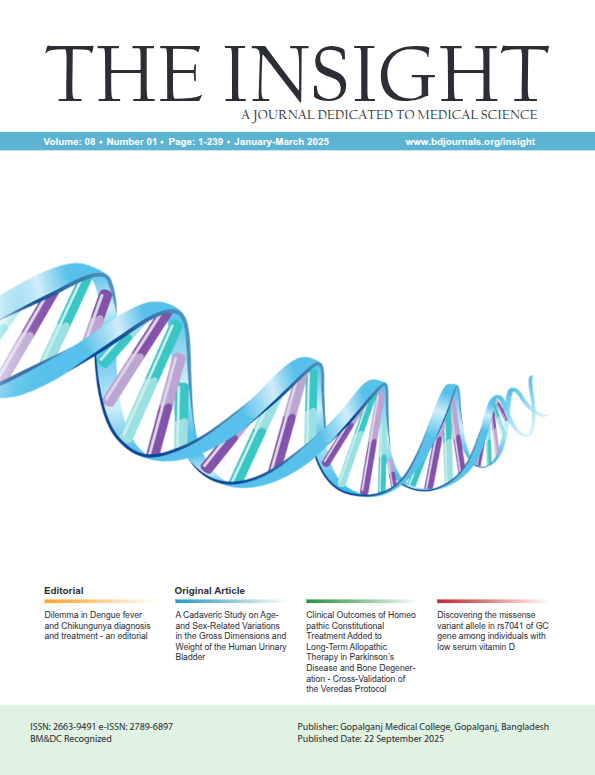Abstract
Background: Distal femoral megaprosthesis is a modular endoprosthetic implant designed to replace extensive segments of the lower femur, typically following tumor resection, non-reconstructable fractures, fracture nonunion, or failed total knee arthroplasty with significant bone loss. It serves a limb-salvage function, restoring structural integrity and joint mobility while enabling early rehabilitation. Despite its increasing use, outcomes following distal femoral megaprosthesis in district-level tertiary care settings remain underreported. Aim of the study: The present study aimed to evaluate the functional and clinical outcomes of distal femoral reconstruction using a megaprosthesis in patients with oncologic and non-oncologic indications, focusing on postoperative mobility, joint function, pain relief, and complication rates. Methods: A retrospective analysis was conducted on patients who underwent distal femoral megaprosthesis between 2016 and 2024 and completed a standardized postoperative rehabilitation protocol. Surgical management involved resection of the distal femur followed by implantation of a modular megaprosthesis with a hinged total knee replacement. Rehabilitation emphasized early mobilization, progressive weight-bearing, joint motion restoration, muscle strengthening, and gait re-education. Functional outcomes were assessed using the Musculoskeletal Tumor Society (MSTS) score, Oxford Knee Score (OKS), knee range of motion (ROM), and ambulatory status. Follow-up evaluations were performed at 45 days, 3, 6, and 12 months postoperatively, and annually thereafter. Result: Sixteen patients (10 males, 6 females; mean age 44.1 years) were included. Etiologies comprised accidental trauma (37.5%), tumors (31.3%), and trivial trauma (31.2%), with osteoporosis present in 62.5% of cases. The mean hospital stay was 12.2 days. Patients achieved standing at 4.1 days and assisted ambulation at 4.5 days post-surgery. At a mean follow-up of 23 months, the mean MSTS score improved from 10.4 preoperatively to 19.3 postoperatively. Median Knee Society Score increased from 20 to 80, and mean OKS was 38.5. Postoperative knee ROM ranged between 94° and 108°. Ten patients (62.5%) achieved independent ambulation, while six used a cane. Complications were minimal, including one wound dehiscence, one superficial infection, and one deep infection; all resolved without prosthesis removal. Implant survival at last follow-up was 100%. Early mobilization correlated with improved MSTS scores (standing: R = −0.609; p = 0.012; assisted walking: R = −0.623; p = 0.010). Conclusion: Distal femoral megaprosthesis is a reliable option for extensive bone loss, enabling early mobilization, functional restoration, and low complication rates, with structured rehabilitation crucial for optimal recovery.

This work is licensed under a Creative Commons Attribution 4.0 International License.
Copyright (c) 2025 The Insight





 PDF
PDF